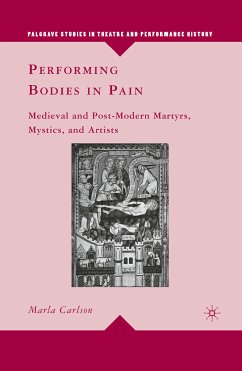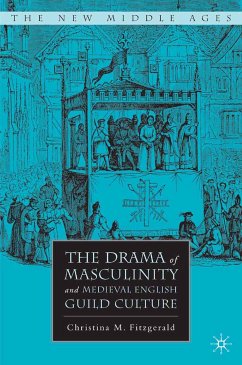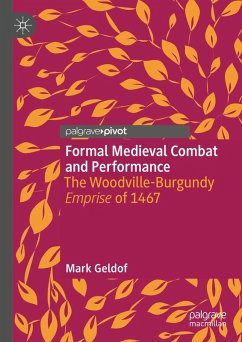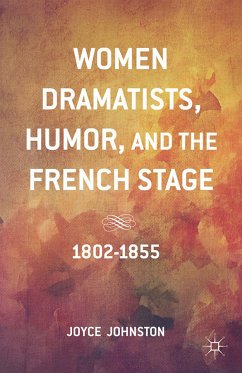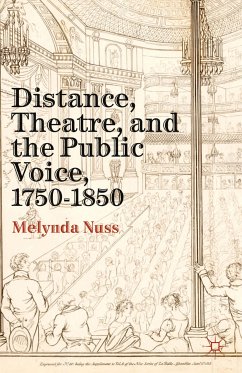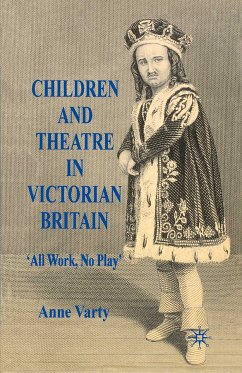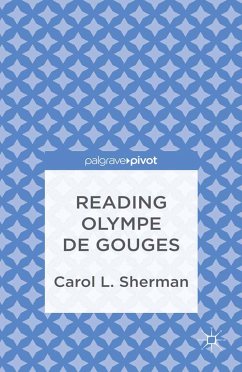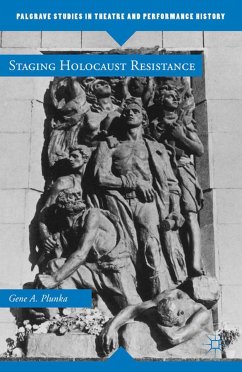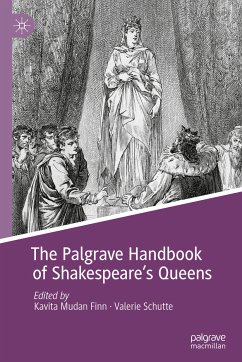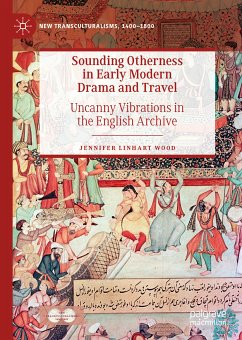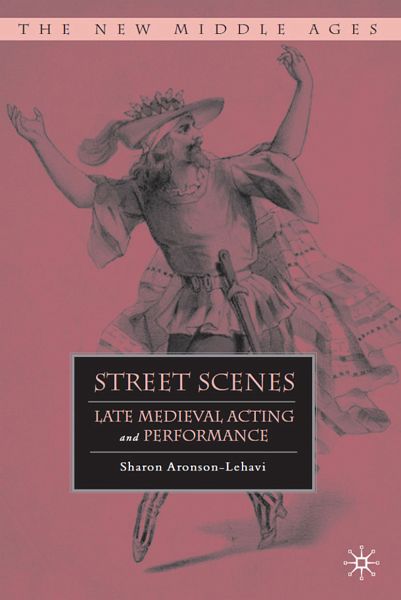
Street Scenes (eBook, PDF)
Late Medieval Acting and Performance
Versandkostenfrei!
Sofort per Download lieferbar
40,95 €
inkl. MwSt.
Weitere Ausgaben:

PAYBACK Punkte
20 °P sammeln!
Street Scenes offers a theory of late medieval acting and performance through a fresh and original reading of the Tretise of Miraclis Pleyinge. The performance theory perspective employed here, along with the examination of actor/character dialectics, paves the way to understanding both religious theatre and the complexity of late medieval theatricalities. Sharon Aronson-Lehavi demonstrates the existence of a late medieval discourse about the double appeal of theatre performance: an artistic medium enacting sacred history while simultaneously referring to the present lives of its creators and ...
Street Scenes offers a theory of late medieval acting and performance through a fresh and original reading of the Tretise of Miraclis Pleyinge. The performance theory perspective employed here, along with the examination of actor/character dialectics, paves the way to understanding both religious theatre and the complexity of late medieval theatricalities. Sharon Aronson-Lehavi demonstrates the existence of a late medieval discourse about the double appeal of theatre performance: an artistic medium enacting sacred history while simultaneously referring to the present lives of its creators and spectators.
Dieser Download kann aus rechtlichen Gründen nur mit Rechnungsadresse in A, B, BG, CY, CZ, D, DK, EW, E, FIN, F, GR, HR, H, IRL, I, LT, L, LR, M, NL, PL, P, R, S, SLO, SK ausgeliefert werden.



